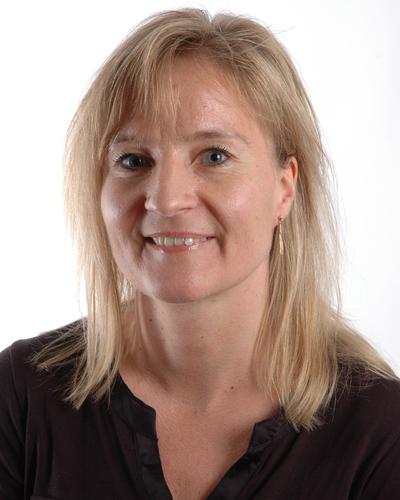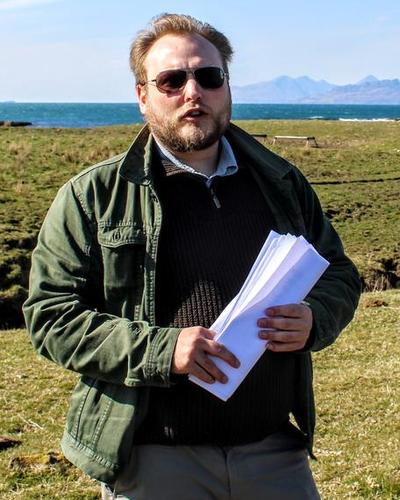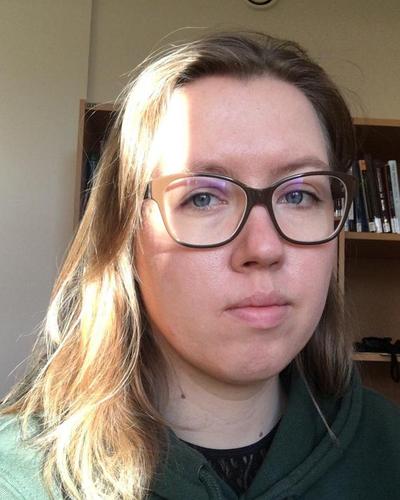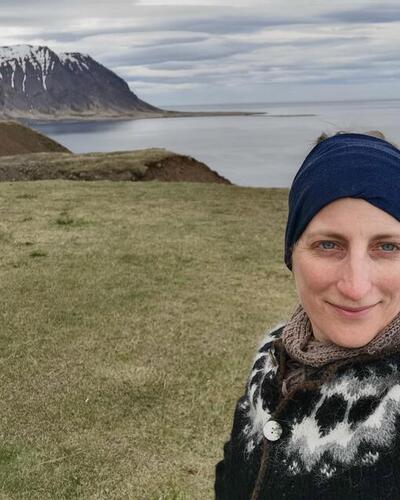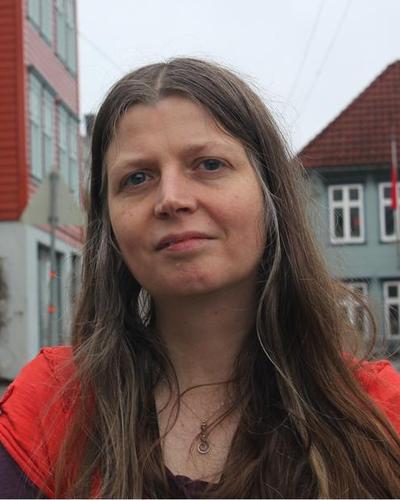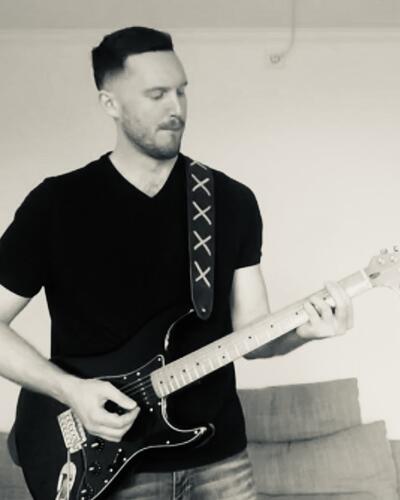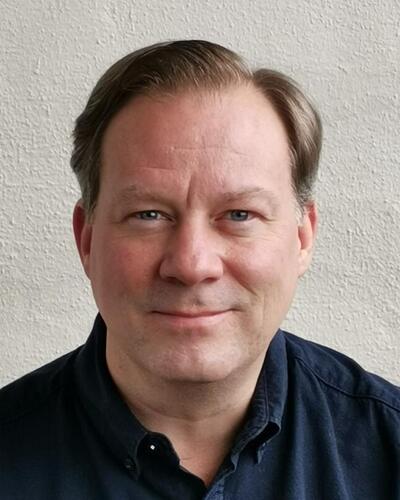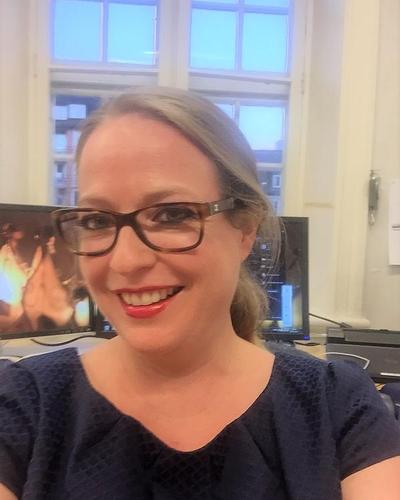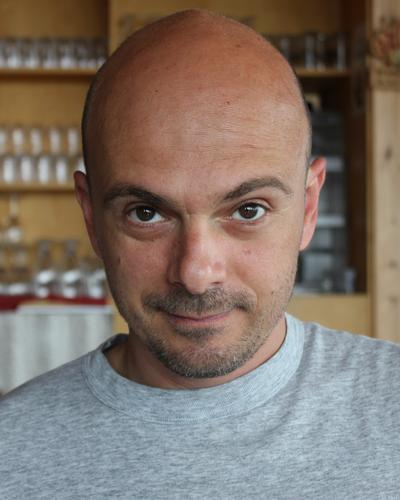Humans and materiality
This research group focuses on past human materiality to gain insight into, and develop knowledge about our past.

Main content
The group will contribute to the discussions, research, and dissemination of studies investigating the human past through available material traces from human interaction with their environment.
Humans, by utilizing and engaging with their natural surroundings, shape their environment and are shaped by it in turn. They are in constant interaction with their physical surroundings and engage all their senses doing so. Studying our ancestors’ use of and interaction with their physical environment allows us to learn something about their past activities.
Since the majority of human ancestry takes place in prehistory, the only way for us to learn about the past is through analysis of material traces resulting from past human activities. It is therefore not possible to understand human prehistory or history without taking past human surroundings and materiality into consideration. Throughout our past, human-environment interactions resulted in the creation of material culture. However, in some cases mere focus on humans is not sufficient for a successful interpretation of past human activity, rather humans may be understood as a connective tissue.
This research group focuses on past human materiality to gain insight into, and develop knowledge about our past. The group will contribute to the discussions, research, and dissemination of studies investigating the human past through available material traces from human interaction with their environment. The group will provide a forum for work-in-progress seminars and the development of ideas as well as possible theoretical and methodical applications. Most importantly, it will provide a venue for students and staff to discuss their relevant work and ideas, regardless of geographical location or time period.
Programme spring 2024
| 1 February 14.15–15.45 | Bjørn Nilsson, Heritage Science - the LINXS project |
22 February | Guest lecture: Iver Neumann, Fridtjof Nansen Institute: Hva kan studiet av internasjonale relasjoner tilby arkeologi? I studiet av internasjonale relasjoner står systembegrepet sentralt. Forelesningen tar for seg hvordan systemer forstås, diskuterer hvordan forskjellige typer politiske enheter som familier, høvdingdømmer eller stater kan studeres som enheter i systemer og gir noen eksempler fra europeisk og mesopotamisk bronsealder. |
22 April 14.15-15.45 | Lars Forsberg, Hunter-gatherers of northern Fennoscandia Room: Seminarrom F, Sydneshaugen skole |
| 3 May 14.15–15.45 | CANCELLED
|
| 31 May 14.15–15.45 | Guest lecture: Bente Phillipsen, NTNU: Radiocarbon dating: the importance of context Reliable absolute chronologies are crucial to link natural and cultural developments, or events in different regions, to identify causes and effects. As we are working on improving the precision of radiocarbon dating, the context of the sample becomes increasingly important. What does it take to "date a house"? Which event do we actually date with one piece of charcoal? Only the context of the sample can answer such questions. On the other hand, contextual information such as archaeological stratigraphy, stable isotope ratios or aDNA analyses can greatly improve radiocarbon chronologies. In my lecture, I will give examples of the numerous kinds of context information that can be utilized in radiocarbon dating. I will also present some of the ongoing projects at the National Laboratory for Age Determination. |
